When walking along the beach, it is difficult not to be captivated by the variety of shapes, colors, and textures of the driftwood dotted along the coast. While most people leave the driftwood in place, a DIY woodworker will eagerly collect the more interesting pieces for future projects.
Some driftwood is heavy because it becomes saturated from spending too much time in the water. Once driftwood has been dried out and is no longer wet, it weighs less than wood from the same species that have never spent time in water and is not saturated.
Driftwood collected from beaches and inland water shorelines is an incredible material for the DIY woodworker. The unusual shapes of the twisted branches make for a visually interesting and appealing piece of furniture or any of the many other uses it can be used for.
How Much Does Driftwood Weigh?
The weight of driftwood depends on several factors, including the following.
- The type of tree which the driftwood originated from.
- How long was the driftwood in the water?
- How long has the driftwood been out of the water?
- The size and dimensions of the driftwood
The Type Of Tree Which The Driftwood Originated From
Trees with small pores will not drain the water quickly; therefore, this type of wood will be heavier for longer than trees with larger pores.
Trees with small pores are called “closed grain woods” and include the following trees.
1. Pine
2. Cherry
3. Maple
4. Birch
5. Walnut
6. Yellow poplar
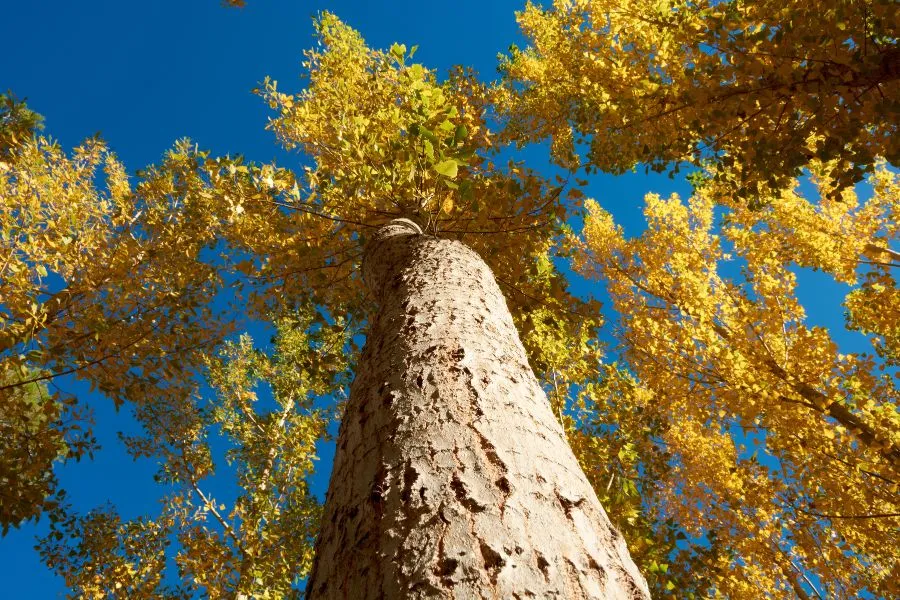
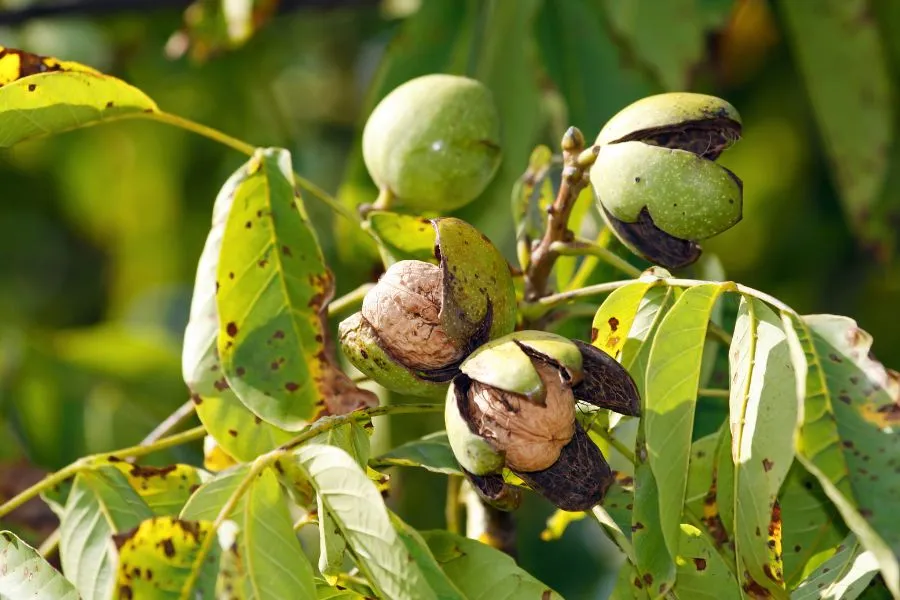

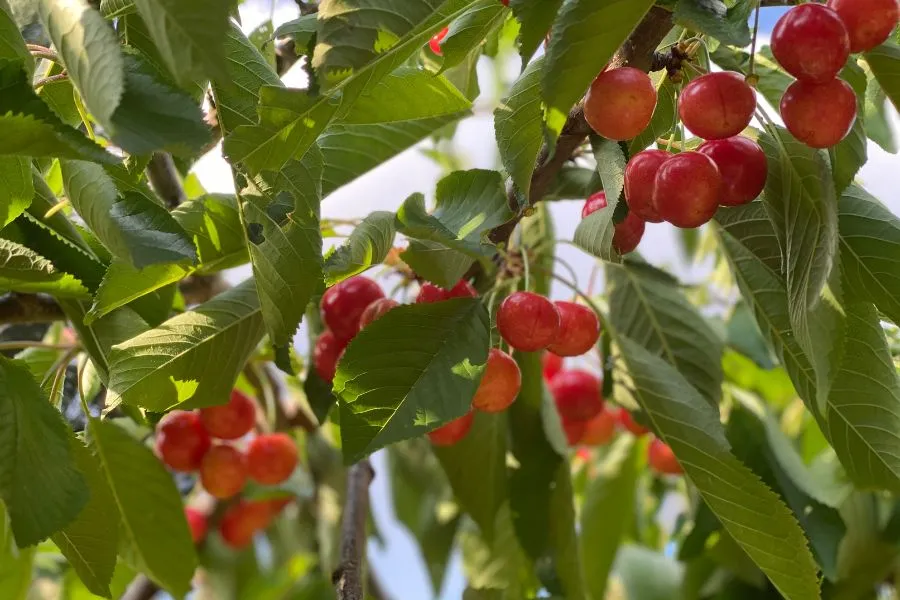
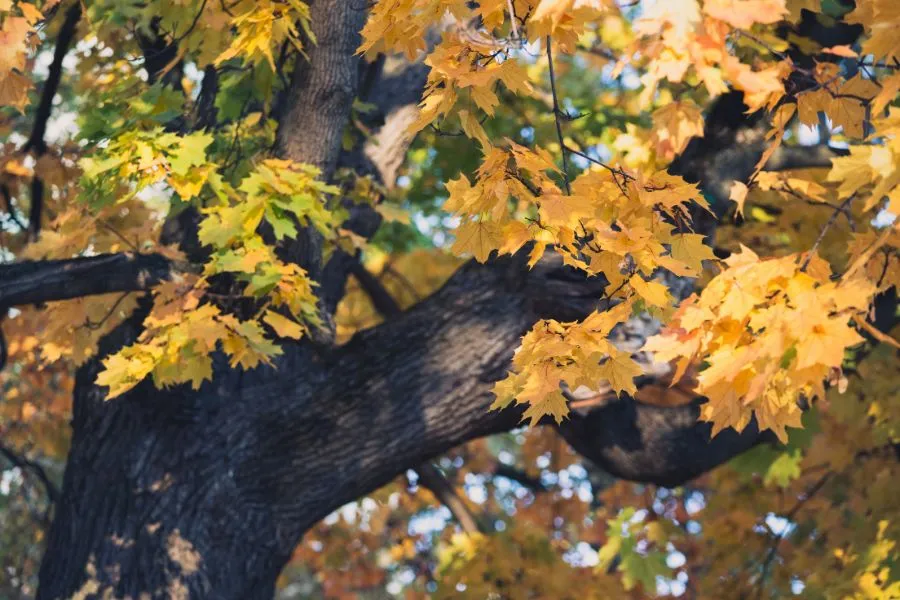
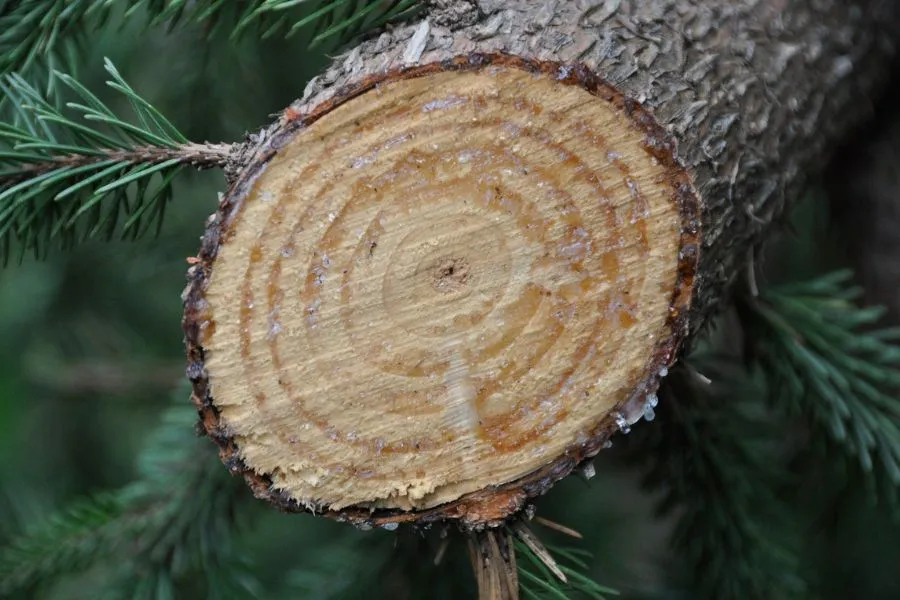
Trees with large pores are called “open grain woods,” including tree species.
1. Elm
2. Oak
3. Ash
4. Hickory
How Long The Driftwood Has Been In The Water
The longer driftwood is in the sea or inland water, the more it will be saturated and, therefore, heavier.
Driftwood which originates from cargo or pallets carried on commercial ships and from the sea lanes will have generally spent more time in the water and will probably be heavier than wood washed off the coastline.
How Long The Driftwood Has Been Out Of The Water
If the driftwood is found on a beach or the bank alongside a body of inland water, it may have been out of the water for longer.
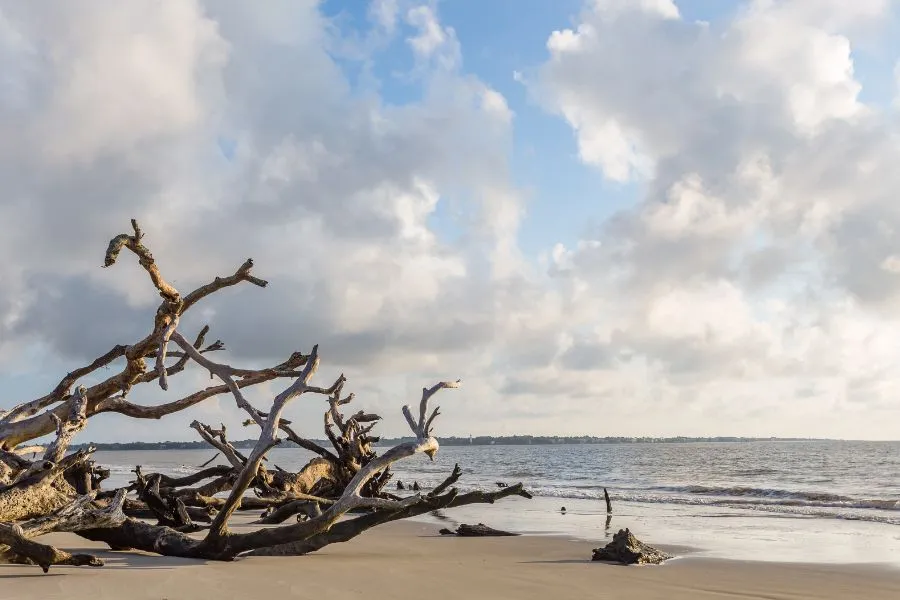
Driftwood that has been out of the water for a long time will have drained and be dry and lighter than the water-saturated wood.
The Size And Dimensions Of The Driftwood
Large pieces of driftwood will weigh more than smaller pieces.
How To Identify Driftwood
Driftwood is old wood immersed in a body of water for varying periods.
The driftwood will generally have lost over its bark being sun-drenched, which will generally cause it to be a lighter color than the equivalent species of wood that has not been immersed.
Driftwood is found on beaches and lakes, creeks, or rivers.
Currents flowing for long periods cause the driftwood to slowly more inshore, where it can become a hazard to watercraft and swimmers. The driftwood slowly moves with the ocean, seas, or lakes (like the Great Lakes).
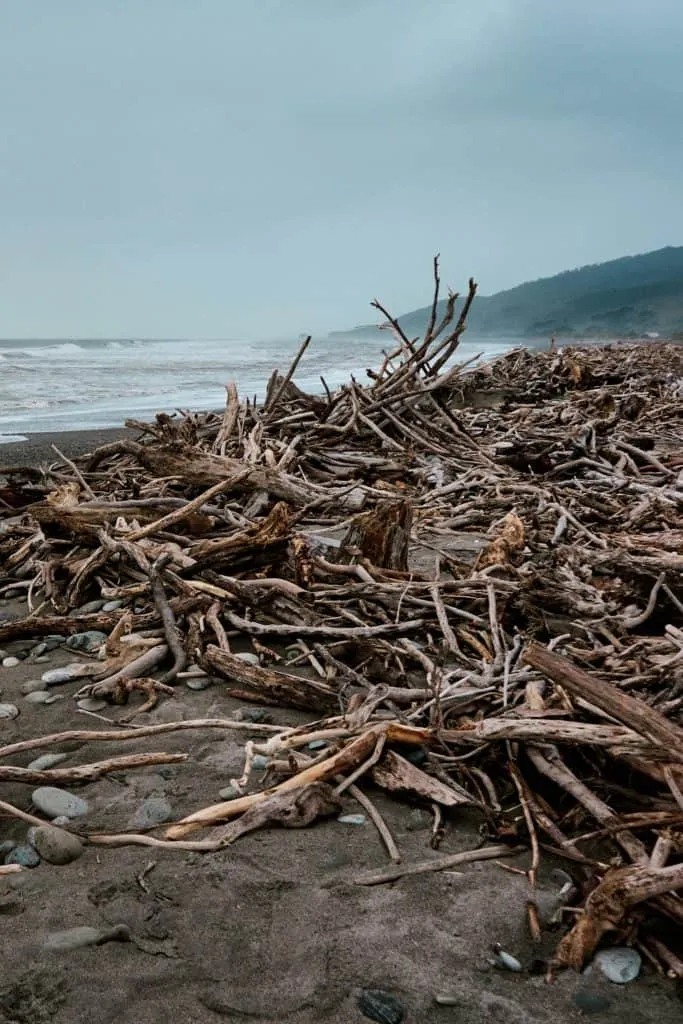
The driftwood slowly erodes as it comes into contact with abrasive sand and other materials, which causes the edges of the driftwood to take on unique and creative shapes with edges that sometimes range from rough, broken, angular, and sharp to smoothly sanded surfaces.
Most driftwood that falls off cargo ships or is blown out to sea becomes waterlogged and sinks, so it never makes it back to the shoreline.
The driftwood, which can float, eventually makes it back to land, and it is then thrown up onto the shore of the body of the water where it is deposited.
Collectors, furniture manufacturers, craftsmen, and aquarium owners collect the driftwood thrown onto the shore and use it for decorative wood pieces.
In an aquarium, driftwood is used to decorate and lower the Ph balance of the water. Woods sold as driftwood for aquariums are generally hardwoods that take a very long time to degrade.
Driftwood DIY Ideas
Because driftwood often ends up in interesting angles, the number of different uses is large, allowing you to explore your artistic talent as you find interesting ways to use the driftwood.
- As an interesting feature in your aquarium.
- As the primary structure in a homemade piece of furniture.
- An interesting display ornament.
- A DIY lamp base
- Furniture ranging from small tables through to bed costs and lounge suites.
- Picture frames.
- Or any other function.
- If the driftwood piece is unusable, it makes great firewood!
How To Prepare The Driftwood
If you have found a piece of driftwood that can be used for several different purposes.
LEARN MORE: LEARN HOW TO PREPARE DRIFTWOOD
Preparing it before bringing it into the home or aquarium is important.
Step One
Remove any debris or decomposing wood with a stiff brush.
Step Two
Sanitize the driftwood using the following method.
- Put sig tablespoons of salt in a big plastic storage tub with a lid.
- Fill the storage tub with water up to half the depth.
- Place the driftwood piece into the prepared water.
- Place heavy rocks on the driftwood to ensure it doesn’t float.
- Add more water and ensure the driftwood is completely covered.
If the driftwood is going to be used in an aquarium, do not use soap or chemical cleaners to clean the driftwood because this may leave a residue that may poison the aquarium’s water.
The salt you add to the water will sanitize the wood and remove any impurities, bugs, and other organisms.
The process takes a few days.
Step Three
Change the water daily and stop the process when the water stops turning brown.
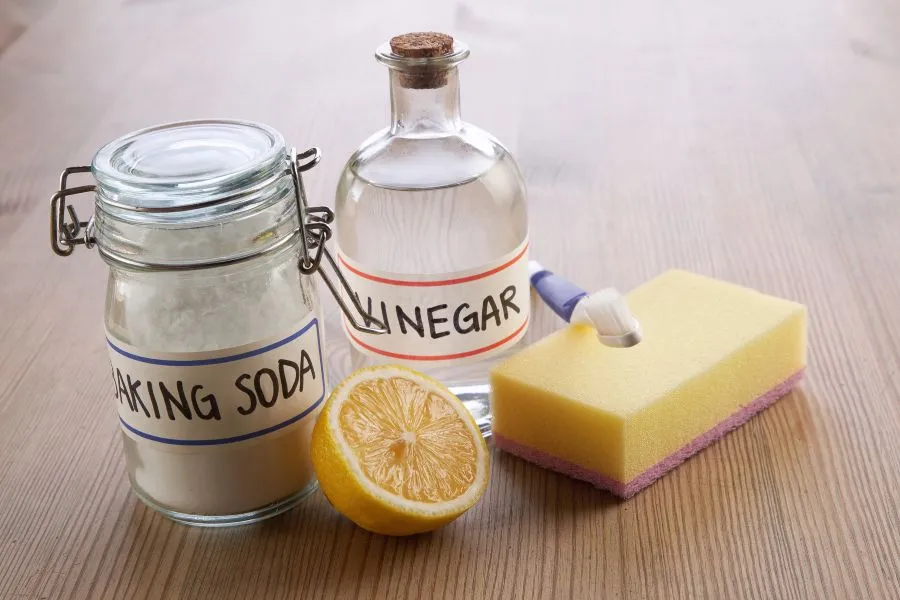
Step Four
Once the water in the tub stops turning brown, remove the driftwood and place it in an oven set at 200 degrees for three hours.
Regularly check the driftwood in the oven to ensure it does not catch fire.
If any chemical substance has contaminated the driftwood, it may be more prone to igniting.
Conclusion
While different species of driftwood that have been immersed in water for a long period are heavy, if they have been on land for sufficient time and have dried, they are generally lighter than the equivalent wood which has not been immersed in water.


